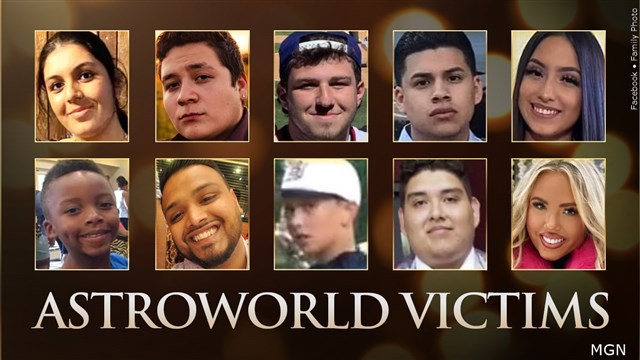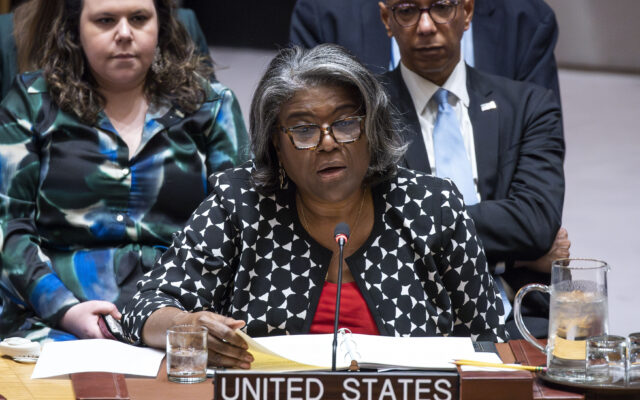State Public Health Officials Announce COVID-19 Resurgence Mitigations to Take Effect in Region 5 on October 22, 2020

Every Region Seeing Increased Positivity Rates; Gov. Pritzker will Resume Daily Weekday Press Conferences
Governor Pritzker and the Illinois Department of Public Health (IDPH) are announcing COVID-19 resurgence mitigations will be implemented in Region 5, in Southern Illinois, beginning at 12:01 a.m. on Thursday, October 22, 2020. The region is seeing a 7-day rolling average test positivity rate of 8 percent or above for three consecutive days, which exceeds the threshold set for establishing mitigation measures in the region under the state’s Restore Illinois Resurgence Plan.
The administration continues to work aggressively to support small businesses impacted by the ongoing pandemic, distributing $24.6 million in emergency grants and assistance to businesses and communities in Region 5 alone. Businesses in the region will also receive priority consideration for the current round of Business Interruption Grants as a result of the additional mitigations. Region 5 includes Marion, Jefferson, Wayne, Edwards, Wabash, Perry, Jackson, Franklin, Williamson, Saline, Hamilton, White, Gallatin, Union, Johnson, Pope, Hardin, Alexander, Massac, and Pulaski counties.
In response to the recent increase in cases in all 11 regions across Illinois, Governor Pritzker and the administration will resume daily weekday press conferences to ensure transparency as the state continues to combat the COVID-19 pandemic.
“While we continue to see a safer pandemic landscape than back in the Spring – in terms of positivity, hospital capacity, and community spread – and safer than much of the Midwest, things have changed,” said Governor JB Pritzker. “Every region of the state has started to move in the wrong direction. Cases, positivity rates, hospitalizations and deaths are rising statewide. Experts have predicted for months that the country could see a resurgence of the virus as temperatures get colder and more people spend more time inside. Here in Illinois, it looks like a new wave could be upon us. To be clear, ours will not be one of the states that takes no action in response to rising cases, hospitalizations and deaths. We will follow public health recommendations to bring our numbers down, save our economy and let more of our kids go to school.”
“We are seeing an alarming trend as the number of COVID-19 cases increases, but we are not helpless to change the trajectory,” said IDPH Director Dr. Ngozi Ezike. “Your actions matter. If you wear your mask and keep you distance from others, you help stop the spread of the virus. Your actions also matter if you don’t wear your mask and you are around numerous other people not wearing masks at a large event. You become part of the reason the virus spreads. Help us reduce the spread of the virus so restaurants can stay open, so kids can go to schools, and so loved ones can visit family in long-term care facilities.”
“Southern Illinoisans are known for rising above challenges,” said Dr. Craig Davis, System Director of Hospitalist Medicine at Southern Illinois Healthcare. “I can recall countless examples of powerful community when we set aside differences and work together. Today, we’re in a healthcare crisis that continues to escalate; we’re losing family, friends and neighbors. My appeal to each of you is simple. Wear a mask. Pause large gatherings. Practice social distancing. Wash your hands frequently. Please consider these short-term sacrifices for the greater good. The enemy is disease, not each other.”
Mitigation measures taking effect October 22 in Region 5 include:
Bars
- No indoor service
- All outside bar service closes at 11:00 p.m.
- All bar patrons should be seated at tables outside
- No ordering, seating, or congregating at bar (bar stools should be removed)
- Tables should be 6 feet apart
- No standing or congregating indoors or outdoors while waiting for a table or exiting
- No dancing or standing indoors
- Reservations required for each party
- No seating of multiple parties at one table
Restaurants
- No indoor dining or bar service
- All outdoor dining closes at 11:00 p.m.
- Outside dining tables should be 6 feet apart
- No standing or congregating indoors or outdoors while waiting for a table or exiting
- Reservations required for each party
- No seating of multiple parties at one table
Meetings, Social Events, Gatherings
- Limit to lesser of 25 guests or 25 percent of overall room capacity
- No party buses
- Gaming and Casinos close at 11:00 p.m., are limited to 25 percent capacity, and follow mitigations for bars and restaurants, if applicable
These mitigations do not currently apply to schools.
Support for small businesses has been one of the central features of the Pritzker administration’s COVID-19 response. Since March, the administration has launched a menu of small business and community relief programs – with over $500 million in grants and programs launched by the Illinois Department of Commerce and Economic Opportunity (DCEO), including emergency hospitality grants, a downstate small business stabilization program, Fast Track Capital, and more.
DCEO is also actively processing reimbursements for local governments impacted by COVID-19 via the state’s local CURES program. All eligible Region 5 governments can submit their certification to the department and begin submitting reimbursement requests. For more information on programs available for businesses and communities, please visit DCEO’s website.
In the coming days, IDPH will continue to track the positivity rate in Region 5 to determine if mitigations can be relaxed, if additional mitigations are required, or if current mitigations should remain in place. If the positivity rate averages less than or equal to 6.5% for three consecutive days, then Regions 5 will return to Phase 4 mitigations under the Restore Illinois Plan. If the positivity rate averages between 6.5% and 8%, the new mitigations will remain in place and unchanged. If the positivity rate averages greater than or equal to 8% after 14 days, more stringent mitigations can be applied to further reduce spread of the virus.
Currently two of the state’s 11 regions have positivity rates above the public health department’s 8% threshold for resurgence mitigations. Region 1, home to Rockford, Dixon and Galena, is currently operating under additional mitigations as the region continues to report a 7-day rolling positivity rate above 8%. Tightened mitigations were implemented on October 3 and the region has continued to see test positivity climb at a consistent pace. However, hospital admissions in the area have stabilized after a period of growth.
As part of the administration’s robust response to the pandemic, the state continues to strengthen its nation-leading testing operation. Illinois is averaging more than three times the testing than the average state. Testing is readily available throughout the state, and the vast majority of test results are returned within an actionable period. Moving forward, testing remains a critical step to reduce the spread of the virus, given that a positive test result begins the contact tracing process and can prevent further spread in communities.
In addition to testing, IDPH continues to monitor each region in the state for several key indicators to identify early, but significant increases of COVID-19 transmission in Illinois, potentially signifying resurgence. Indictors include an increase in the region’s positivity rate with a simultaneous increase in either hospital admissions for COVID-like-illness or a decrease in hospital capacity, or three consecutive days of greater than or equal to 8% test positivity rate (7-day rolling average). These indicators can be used to determine whether additional community mitigation interventions are needed for a region to prevent the further spread of COVID-19.
A full list of mitigation measures pertaining to some businesses and industries may be found on the Illinois Department of Commerce and Economic Opportunity (DCEO) website at www.dceocovid19resources.com/restore-illinois.






